Hyundai & Kia present three new thermal management systems
The two companies developed three new temperature control technologies to enhance comfort and energy efficiency in electric vehicles, and have undertaken different approaches for each.
The ‘Nano Cooling Film’ is capable of lowering interior temperature by over 12°C to significantly improve in-vehicle conditions and reduce cabin cooling requirements when applied to the vehicle’s windows. The idea behind the technology is to filter the infrared rays from the sun, similarly to a regular tinting film, but also allow the heat to escape the vehicle. Tests were undertaken with the film installed and “recorded an interior temperature of 48.5°C, compared with 36.0°C for the vehicles fitted with Nano Cooling Film.” This technology is not new, however, as Hunydai writes that it “installed transparent Nano Cooling Film for free on around 70 vehicles in Pakistan, where tinting is legally prohibited” last April.
An ‘Underfloor Radiant Heating System’ comprised of a high-temperature film-type heating element and a burn prevention system was designed to “quickly and efficiently raise the perceived temperature around passengers in cold weather.” It works by emitting radiant heat towards passengers’ legs, which Hyundai and Kia claim “delivers warmth to the lower body within three minutes, greatly enhancing passenger comfort.” Mechanically more importantly, the system is also capable of conserving up to 17 per cent of the power normally required to reach a desired temperature.
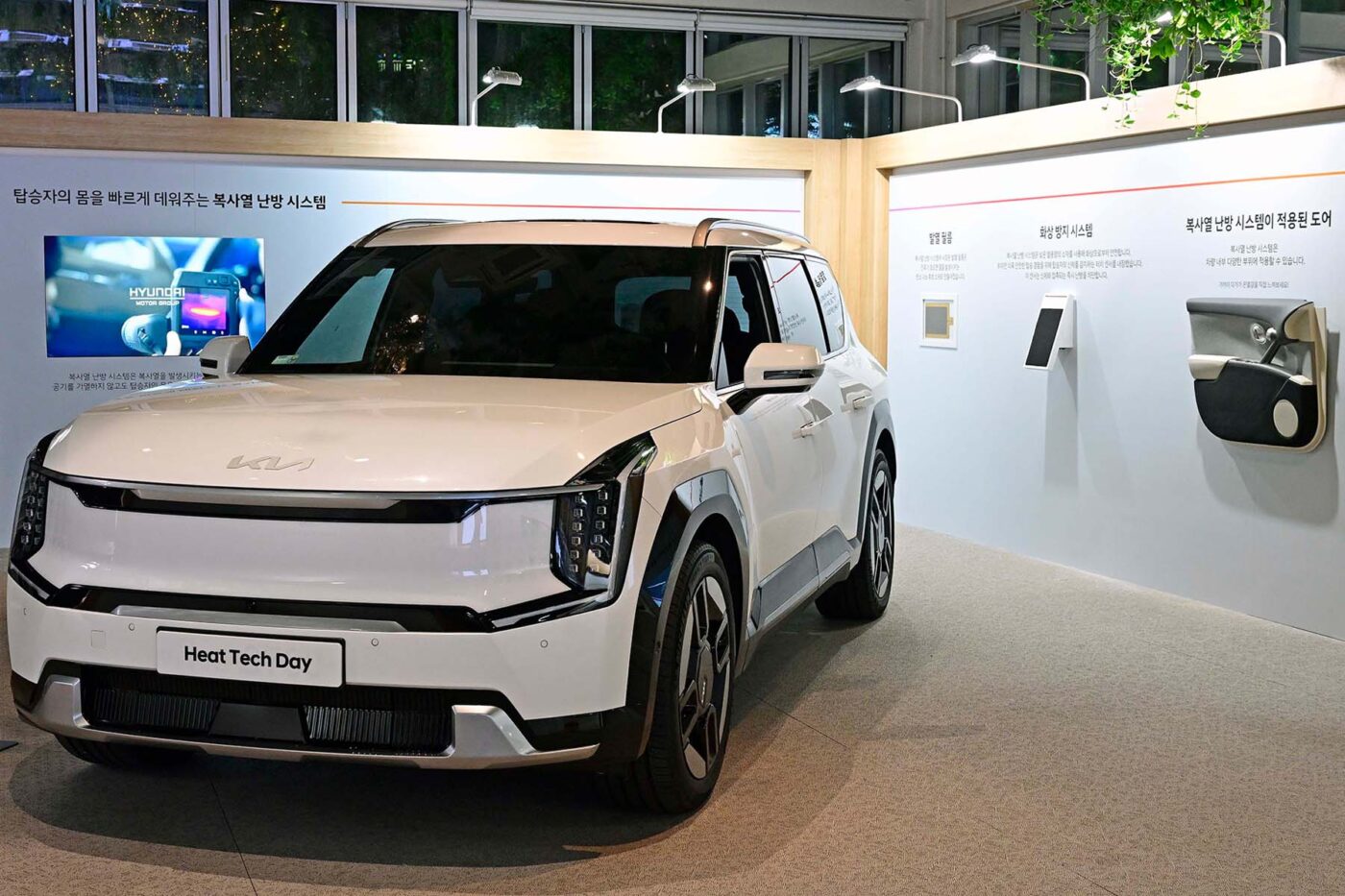
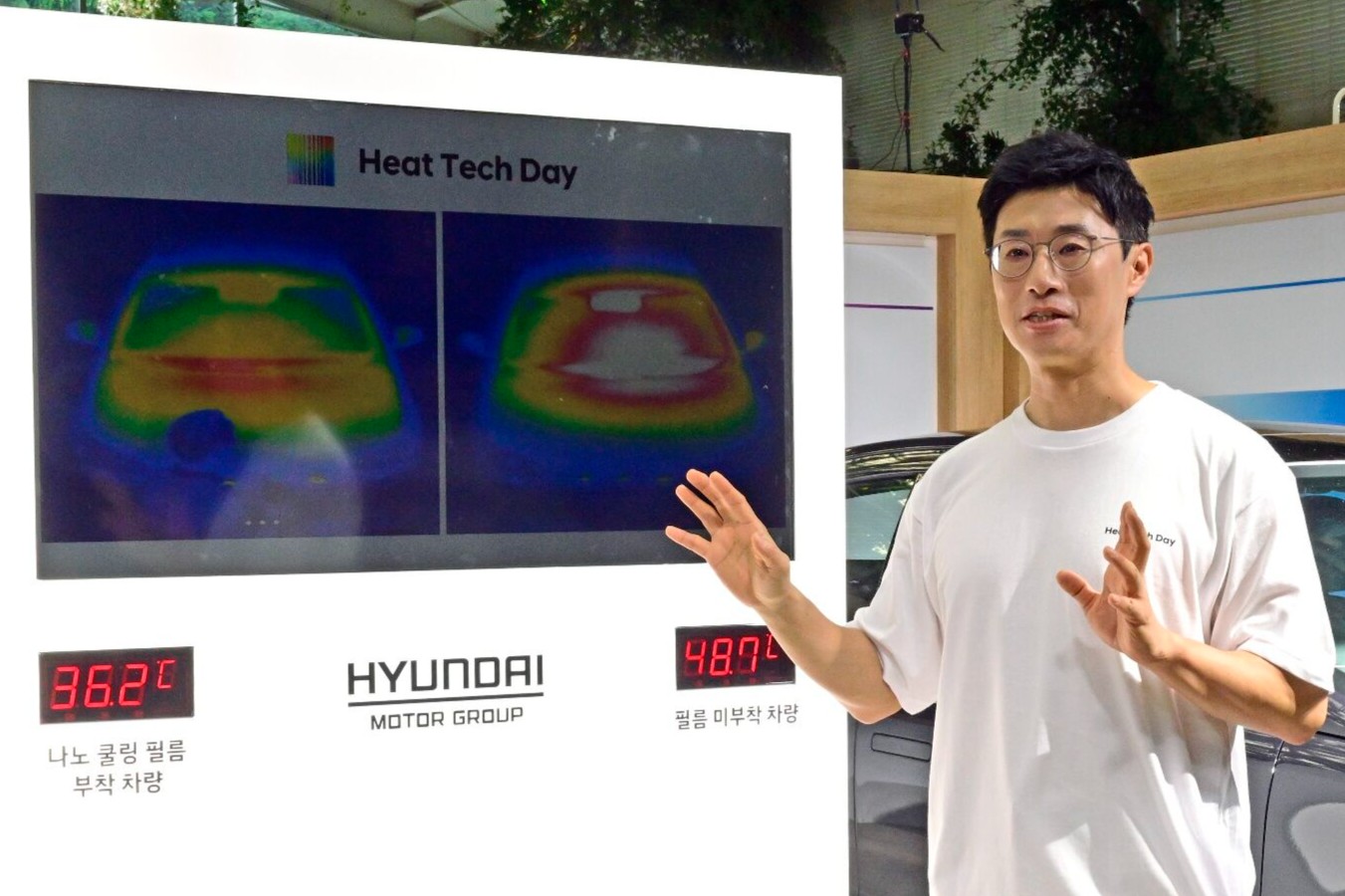
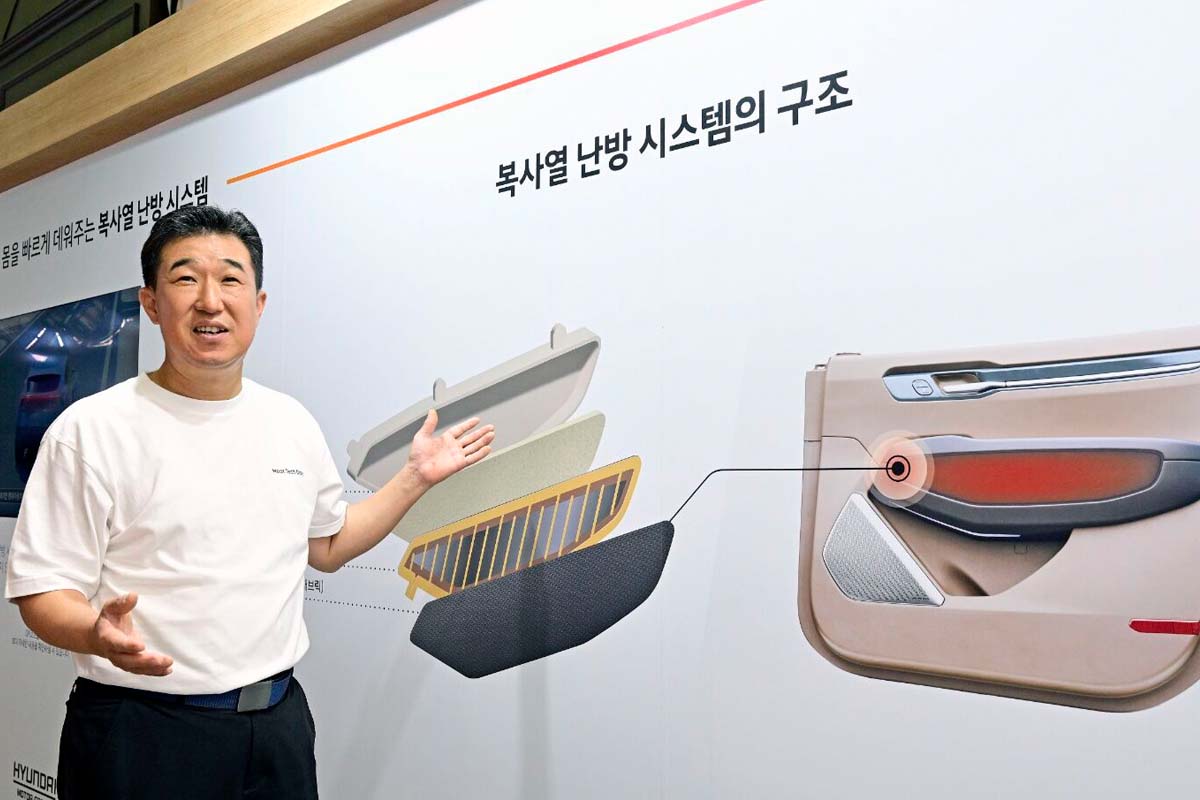
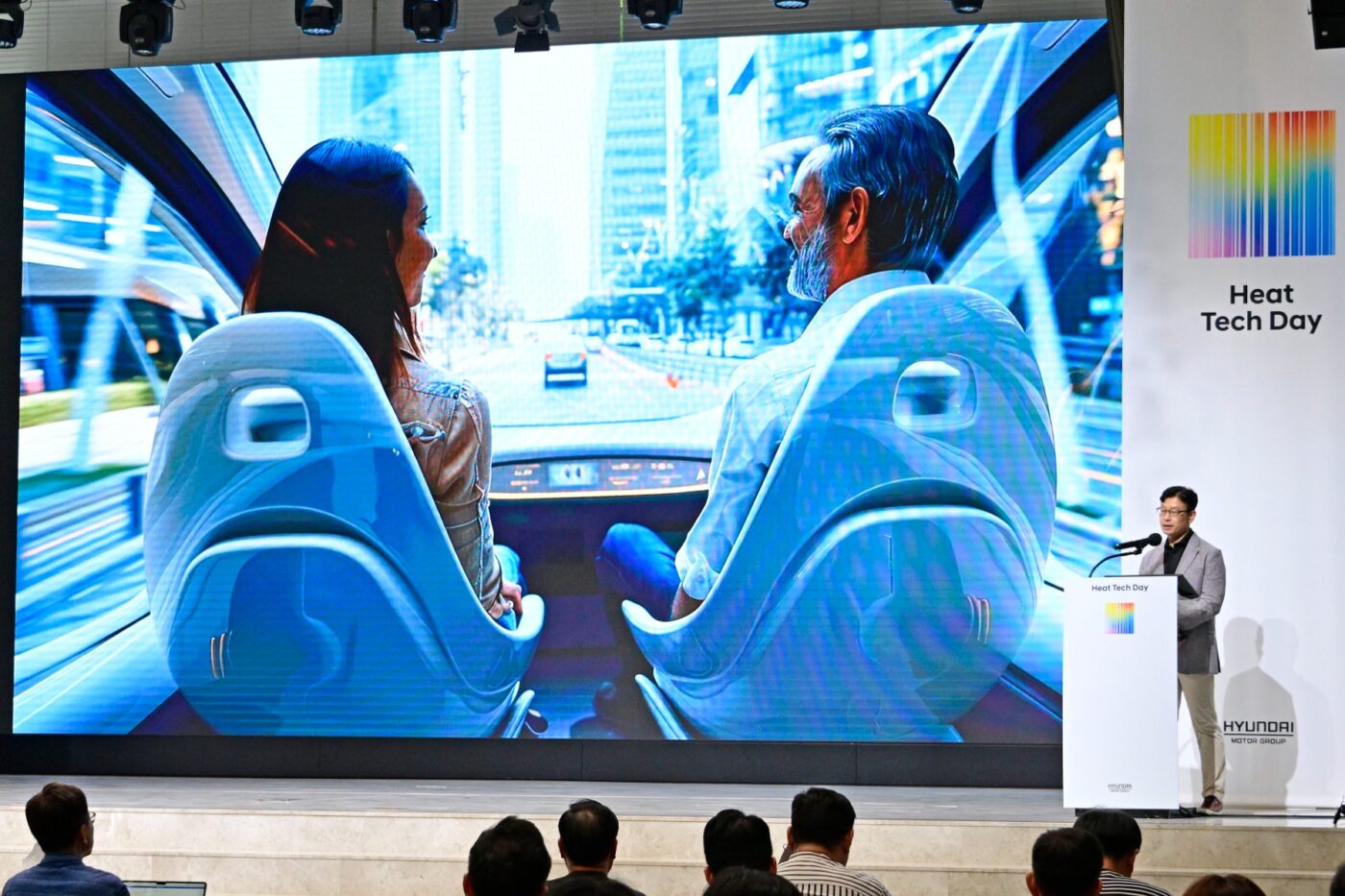

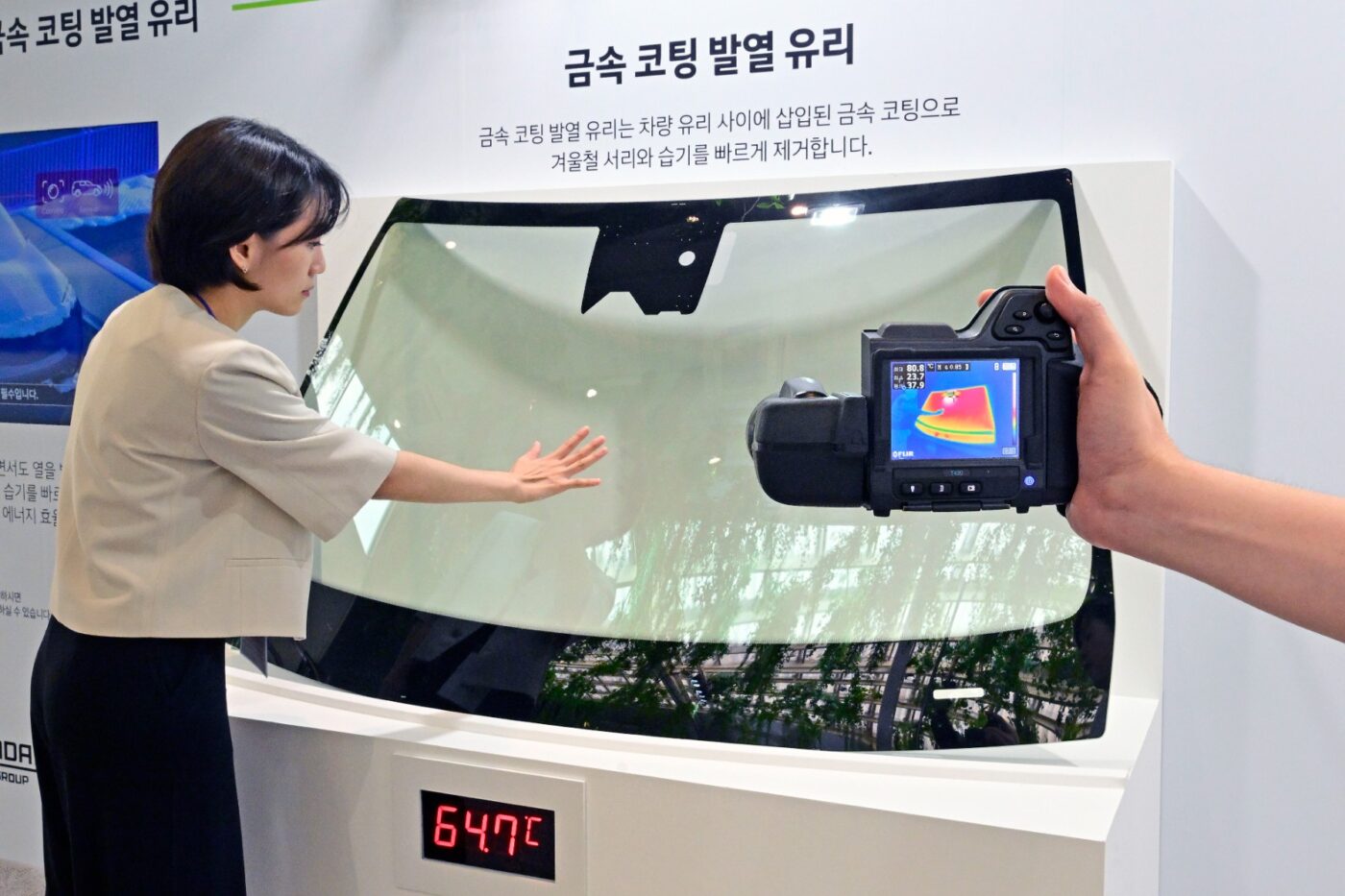
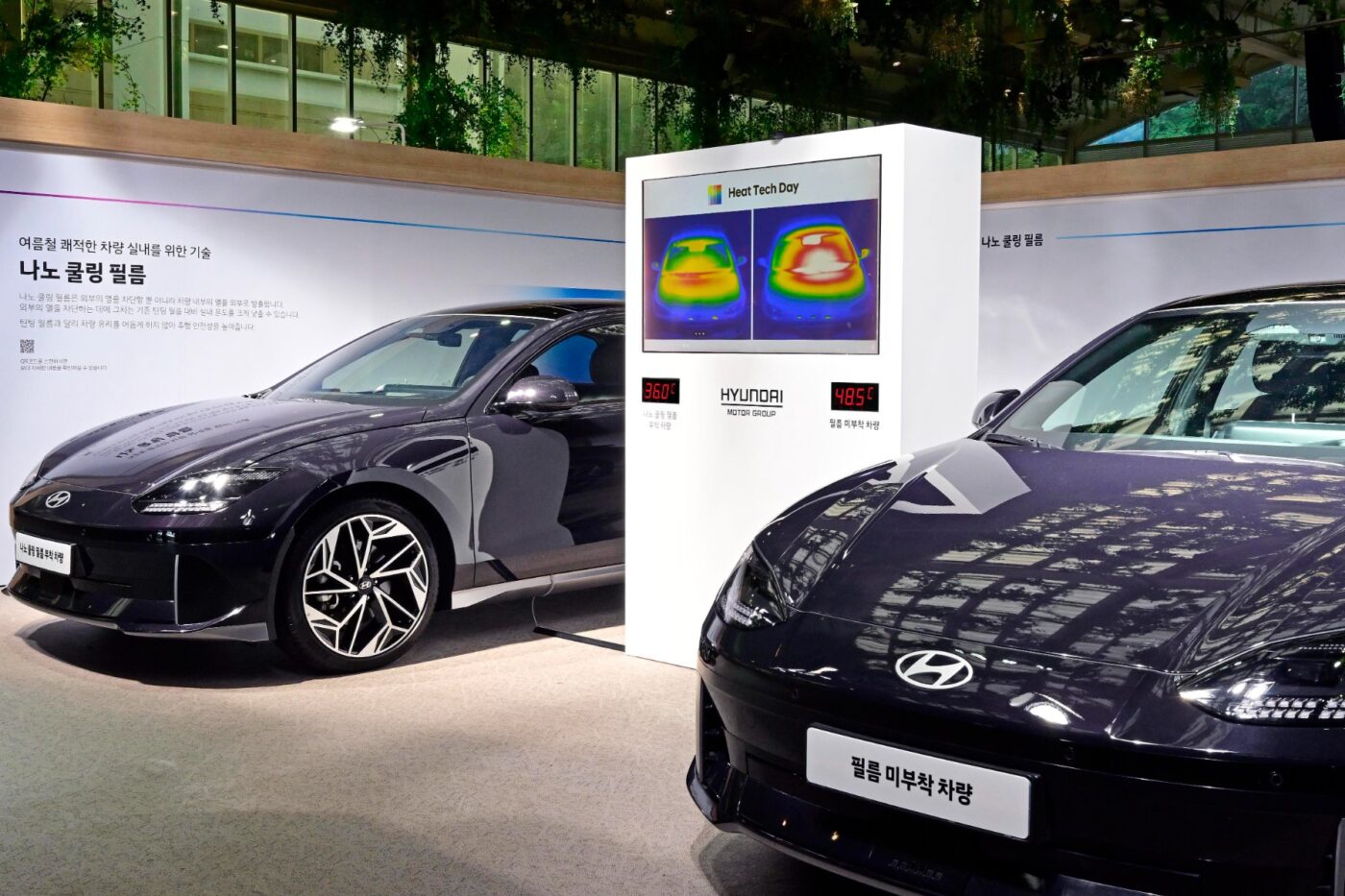
Finally, the two companies introduced their ‘Metal-Coated Heated Glass’, which can quickly remove frost or moisture from windshields, significantly faster than a traditional tungsten wire heating element. Hyundai writes: “The 48V system can completely defrost the glass surface within five minutes at -18°C, up to four times faster and consuming around 10 per cent less energy compared with conventional air-conditioning systems.” In addition, the window coating can block up to 60 per cent of solar energy on hot days, contributing to a more temperate interior temperature.




0 Comments